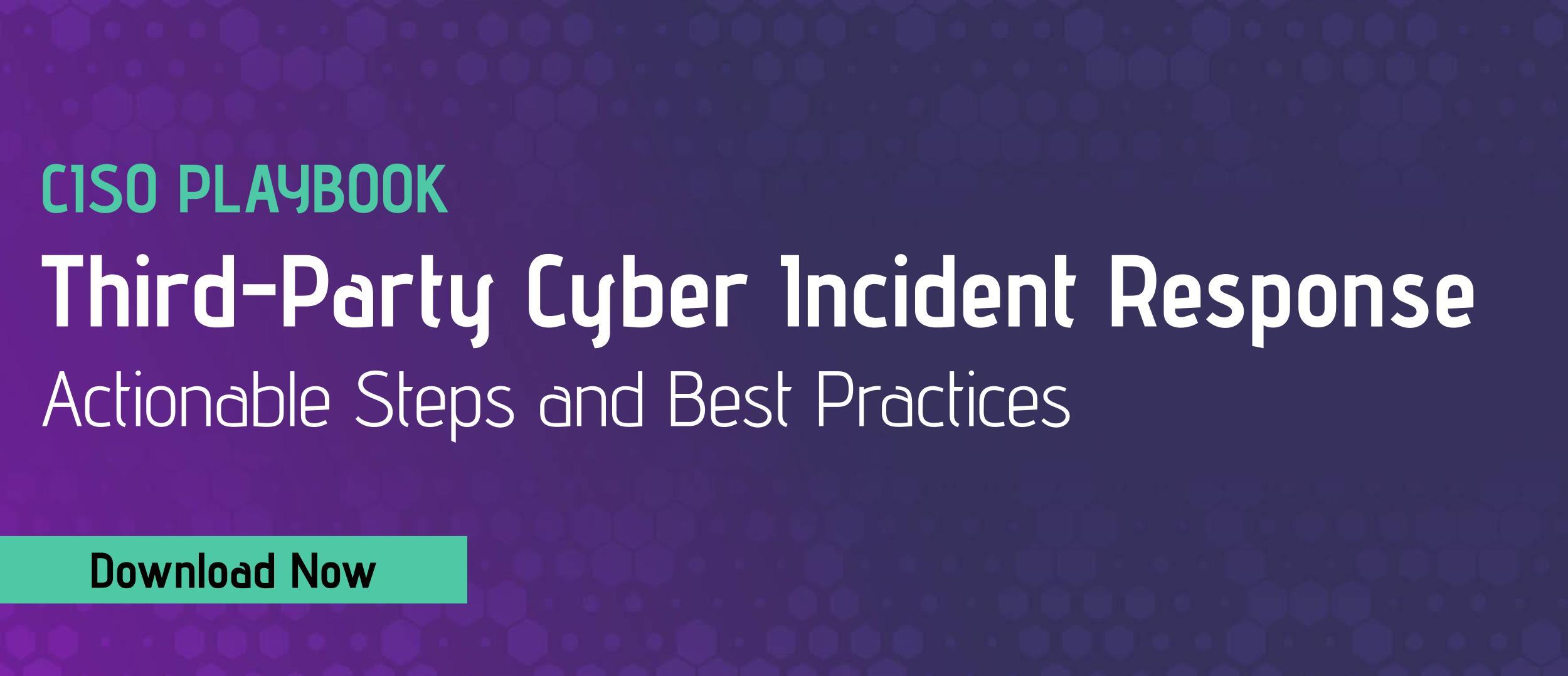In today’s cyber landscape, rapid and effective incident response is crucial for organizations to mitigate the impact of cyber attacks. Advanced Threat Intelligence (ATI) is emerging as a key player in enhancing incident response strategies. This blog post aims to elucidate how modern threat intelligence tools refine and improve these strategies, equipping organizations with the necessary insights and agility to respond to cyber threats efficiently.
The importance of threat intelligence in incident response
In the realm of incident response, the role of threat intelligence is indispensable. It acts as the linchpin in understanding and countering cyber threats. By analyzing extensive data, threat intelligence uncovers patterns, vulnerabilities, and the techniques used by attackers. This deep dive into data transforms into actionable insights, enabling organizations to stay ahead of potential threats.
Moreover, the integration of ATI into incident response strategies enriches the response mechanisms. It empowers organizations to respond to threats not only swiftly but also strategically, ensuring that the responses are tailored to the specific nature of the threats. As a result, ATI aids in crafting responses that are not only immediate but also effective in mitigating the impact of cyber incidents, thereby enhancing an organization’s overall cybersecurity posture.
Enhancing detection and analysis
ATI tools streamline the detection and analysis of threats. They employ advanced algorithms to scan through extensive data, quickly identifying anomalies that could indicate a security breach. This prompt detection is vital in reducing the window of opportunity for attackers. Additionally, ATI provides a comprehensive analysis of threats, offering actionable insights that guide the formulation of effective response strategies.
Strengthening situational awareness
Advanced threat intelligence equips organizations with a broader understanding of the threat landscape. This enhanced situational awareness is crucial for anticipating potential attack vectors and preparing for various threat scenarios. In the event of a cyber incident, having a wide-ranging view of the threat environment aids organizations in quickly adapting their response strategies to tackle emerging challenges effectively.
Improving decision-making and strategy formulation
The insights derived from ATI are invaluable for decision-making during cyber incidents. They enable organizations to quickly assess the severity and potential impact of threats, facilitating a more strategic and targeted response. By leveraging ATI, businesses can prioritize their response efforts, allocate resources efficiently, and implement measures that specifically address the nature of the threat.
Accelerating incident response time
One of the key advantages of integrating ATI into incident response is the significant reduction in response time. With real-time intelligence, organizations can swiftly identify and react to threats, minimizing the duration and impact of cyber incidents. This prompt response is critical for maintaining business continuity and protecting sensitive data from being compromised.
Facilitating proactive measures
ATI doesn’t just aid in responding to active threats; it also empowers organizations to take proactive measures. By analyzing trends and predicting future attack vectors, ATI enables businesses to fortify their defenses against potential threats. This proactive approach is essential for staying ahead of cybercriminals and reducing the likelihood of successful attacks.
Challenges in implementing ATI
Implementing ATI effectively in incident response strategies can be demanding, due to a few significant hurdles. Firstly, the sheer volume of data involved in ATI can be overwhelming. Organizations must sift through extensive information to pinpoint relevant insights, which demands robust data management systems. Secondly, ensuring the accuracy of the intelligence gathered is critical. Inaccurate or outdated information can lead to ineffective or even detrimental response actions. Lastly, the integration of ATI with existing security systems needs to be seamless. This requires not just technical compatibility but also strategic alignment to ensure that ATI complements and enhances current security protocols.
To navigate these challenges successfully, a balanced approach that leverages both advanced technology and the nuanced understanding of experienced cybersecurity professionals is essential. This blend of technology and expertise ensures that ATI becomes a powerful asset in an organization’s incident response arsenal.
Summary
The integration of ATI into incident response strategies marks a transformation from traditional defensive tactics to a more proactive, intelligence-driven approach in cybersecurity. By leveraging ATI, organizations can vastly improve their ability to detect and respond to cyber threats quickly and effectively. This integration not only heightens their defensive capabilities but also prepares them to anticipate potential threats, positioning them well ahead of cyber adversaries. As the digital threat environment grows more complex, the importance of ATI in developing resilient and agile cybersecurity strategies becomes increasingly paramount.
In essence, adopting ATI empowers organizations with a fortified defense mechanism, adeptly equipped to navigate and counter the dynamic cyber threat landscape. This strategic adoption of ATI is essential in ensuring that organizations are not just reactive but also proactive in their cybersecurity endeavors.






